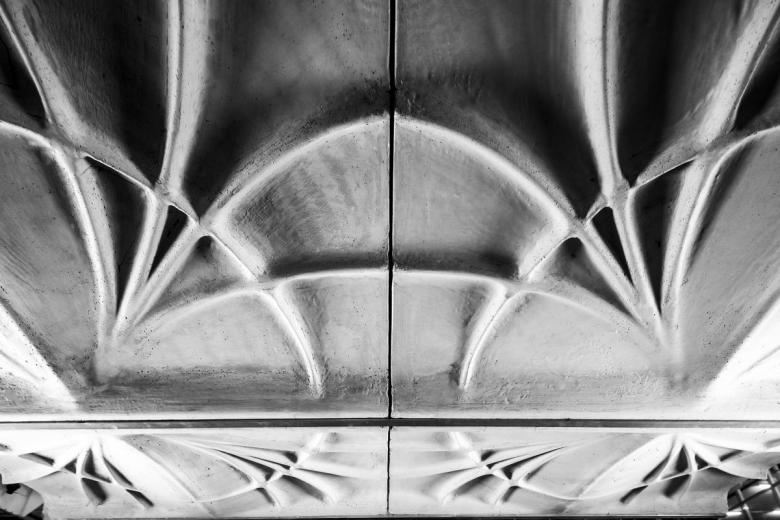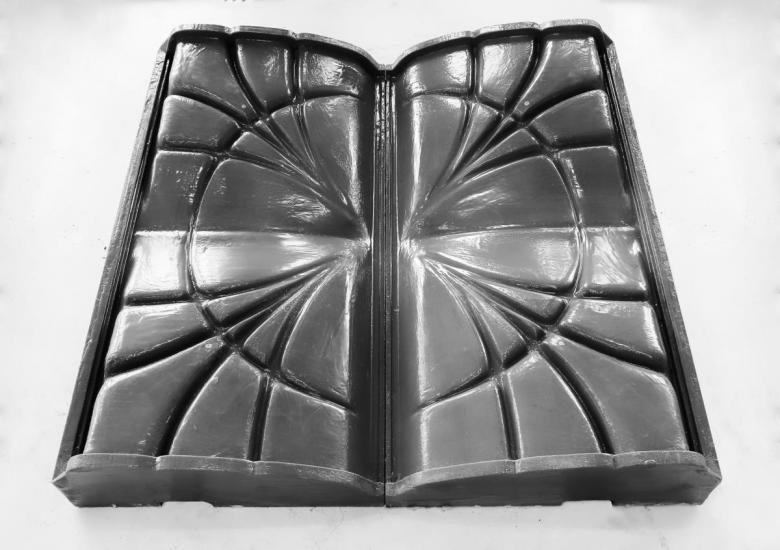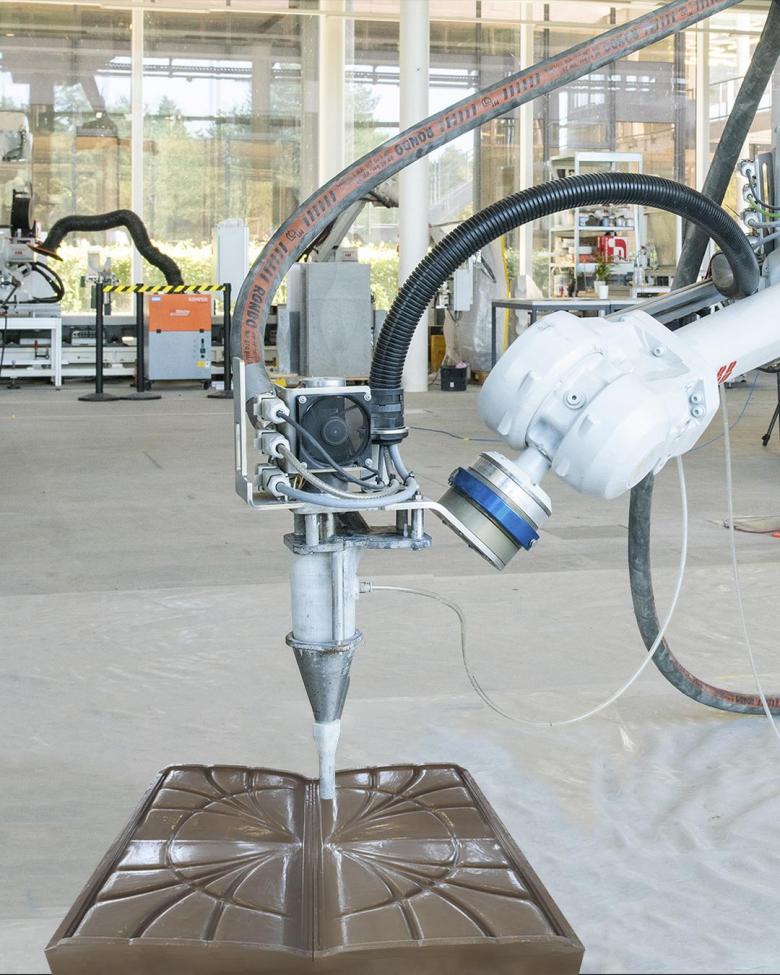Fast Complexity
John Hill, Elias Baumgarten
2. July 2020
Photo: Andrei Jipa, Digital Building Technologies, ETH Zürich
Concrete's high carbon footprint has led to many calls for alternative materials. It might also be possible to keep using concrete, but do more with less. Researchers at ETH Zürich are exploring a significant reduction of the material through optimized shapes, as illustrated by a new prototypical ceiling element.
Eight percent of all man-made CO2 emissions can be attributed to concrete production. This significant number arises from two things: the energy required to produce cement and the release of CO2 during the firing process, when the cement clinker is made. The first can be addressed by non-fossil fuel sources at concrete plants, for instance, but the second is more integral to concrete production and therefore trickier to address. It has led to calls for developing new types of cement that would eliminate clinker or abandoning concrete outright in favor of other materials, most notably mass timber. Or a third way: based on the work of Ana Anton, Andrei Jipa, and Benjamin Dillenburger from ETH Zürich's Digital Building Technologies (DBT) department, working with Lex Reiter from the school's Physical Chemistry of Building Materials department, one avenue worth exploring is how much concrete is used — or not used — in building structures.
The formwork comes from the 3D printer and can be reused. (Photo: Andrei Jipa, Digital Building Technologies, ETH Zurich)
Fast Complexity, carried out under NCCR Digital Fabrication initiative, is an outcome of their research. With the help of algorithms, the researchers believe the shapes of building components can be optimized to use less than half of the amount of concrete currently required. The main problem is that conventional formwork, typically wood, leads to predefined shapes that leave little room for customization. Fast Complexity allows for considerable reduction through 3D-printed, reusable formwork in combination with 3D-printed concrete. To demonstrate the potential of the approach, a two-square-meter prototype of a prestressed ceiling element was manufactured. The process allows for components with a material thickness of only 20 millimeters, according to the researchers.
Prototype under construction in the lab at ETH Zürich (Photo: Ana Anton, Digital Building Technologies, ETH Zurich)
The project is commendable not only for promoting a more responsible use of resources, but also because it aligns material reduction with novel forms that would have great design potential. Fast Complexity is a finalist in this year's 3D Pioneers Challenge, whose winners will be announced during a digital award ceremony on July 15, 2020.
A version of this article originally appeared as "Komplexe Sparsamkeit" on Swiss-Architects.
Related articles
-
Building Bridges with Chris Luebkeman
1 day ago
-
Full of Colors and Surprises
1 month ago
-
Kurt W. Forster, 1935–2024
on 1/11/24
-
Circular Building the Easy Way
on 2/8/23
-
Fast Complexity
on 7/2/20


